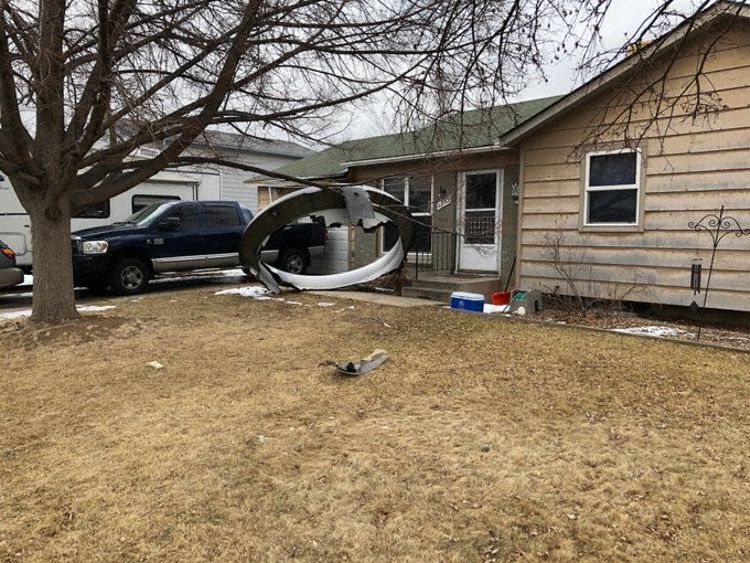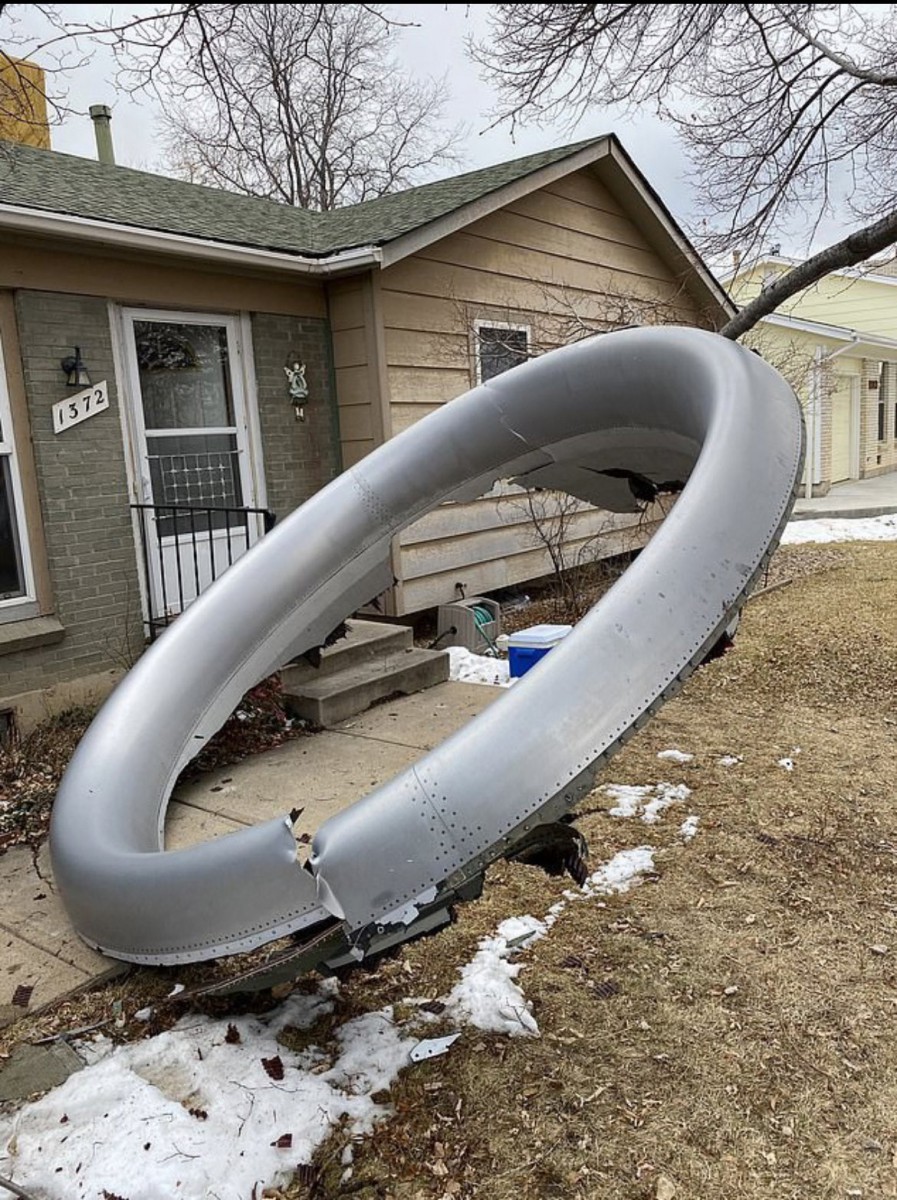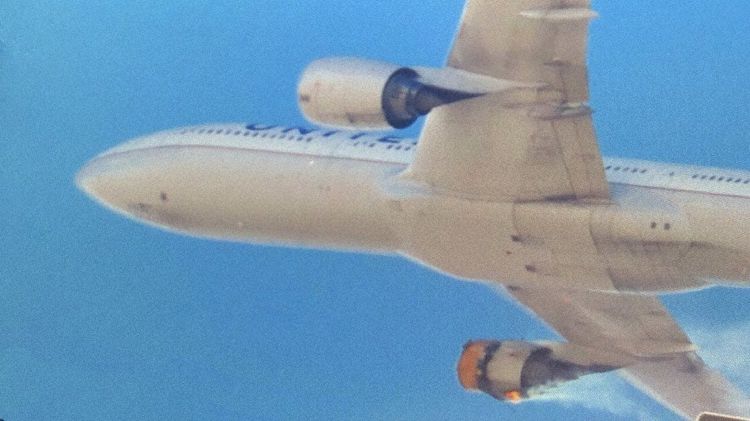Dramatic video of United Airlines 777 engine fire
20 February, 2021
2 min read
By joining our newsletter, you agree to our Privacy Policy


A passenger has captured a dramatic video of a United Airlines Boeing 777 engine fire after it suffered a major failure.
The entire cowling structure has separated from the engine and parts have been ingested into the engine causing the failure and fire.
READ: Qatar Airways world's favorite airline
READ: 747 engine parts spear cars in Holland
The 777 was operating flight UA328 from Denver to Honolulu and was climbing out of out Denver's runway 27 when the right-hand Pratt and Whitney engine's inlet separated associated with the failure of the engine.
Aviation Herald reports that the pilots declared a Mayday reporting the 777 engine fire.
"The aircraft stopped the climb at about 13,000 feet, the crew requested to return to Denver after running the checklists, AH reported.
"The aircraft returned to Denver for a safe landing on runway 26 about 23 minutes after departure. The aircraft stopped on the runway for a check by emergency services."
The engine inlet fell into the neighborhood of Broomfield, located about 15km west of Denver.
In a statement United Airlines said;
"Flight UA328 from Denver to Honolulu experienced an engine failure shortly after departure, returned safely to Denver, and was met by emergency crews as a precaution. There are no reported injuries onboard. We are in contact with the FAA, NTSB, and local law enforcement."
Here is the dramatic video of the 777 engine fire.
https://twitter.com/i/status/1363241125495136267
Debris rained down. Here are some pictures from @I_am_katertott and Aviation Herald.



 Here are some images from: @tamaskls
Here are some images from: @tamaskls

 The US regulator, the FAA said:
“A Boeing 777-200 operated by United Airlines returned to Denver International Airport and landed safety Saturday after experiencing a right-engine failure shortly after takeoff,” the FAA said in a statement. “The FAA is aware of reports of debris in the vicinity of the airplane’s flight path. The passengers deplaned on Runway 26-Right and were bused to the terminal.” - FAA
The US regulator, the FAA said:
“A Boeing 777-200 operated by United Airlines returned to Denver International Airport and landed safety Saturday after experiencing a right-engine failure shortly after takeoff,” the FAA said in a statement. “The FAA is aware of reports of debris in the vicinity of the airplane’s flight path. The passengers deplaned on Runway 26-Right and were bused to the terminal.” - FAA



 Here are some images from: @tamaskls
Here are some images from: @tamaskls

 The US regulator, the FAA said:
“A Boeing 777-200 operated by United Airlines returned to Denver International Airport and landed safety Saturday after experiencing a right-engine failure shortly after takeoff,” the FAA said in a statement. “The FAA is aware of reports of debris in the vicinity of the airplane’s flight path. The passengers deplaned on Runway 26-Right and were bused to the terminal.” - FAA
The US regulator, the FAA said:
“A Boeing 777-200 operated by United Airlines returned to Denver International Airport and landed safety Saturday after experiencing a right-engine failure shortly after takeoff,” the FAA said in a statement. “The FAA is aware of reports of debris in the vicinity of the airplane’s flight path. The passengers deplaned on Runway 26-Right and were bused to the terminal.” - FAA
Get the latest news and updates straight to your inbox
No spam, no hassle, no fuss, just airline news direct to you.
By joining our newsletter, you agree to our Privacy Policy
Find us on social media
Comments
No comments yet, be the first to write one.


